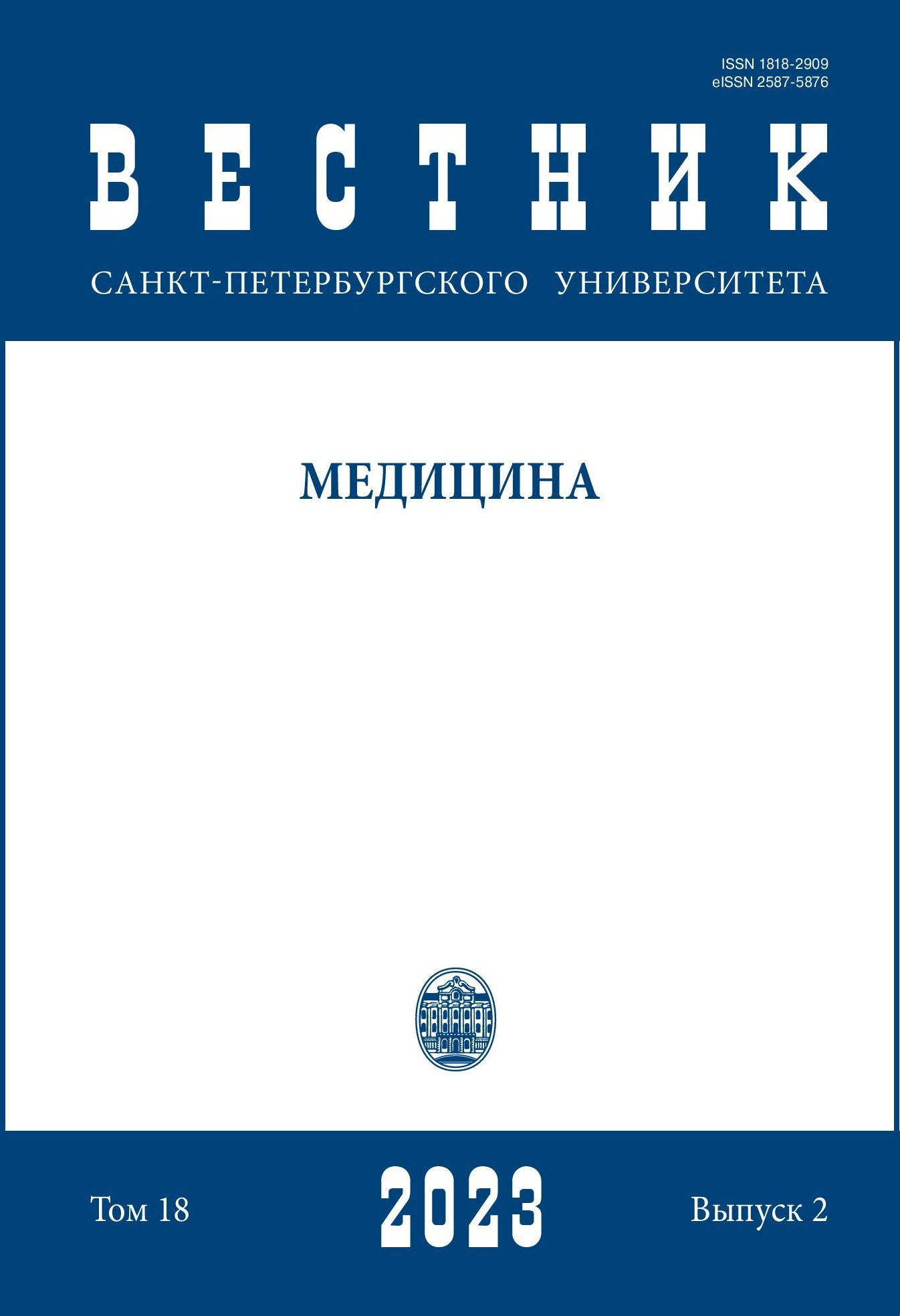Application of artificial intelligence in the detection and stratification of prostate cancer: Literature review
DOI:
https://doi.org/10.21638/spbu11.2023.204Abstract
This review examines the current methodologies employed in utilizing artificial intelligence for the identification and classification of prostate cancer using magnetic resonance imaging data. It outlines the volume of data utilized and highlights the most commonly sought-after sequences employed for training neural networks. The review further presents the accuracy metrics of the neural networks analyzed, accompanied by a succinct explanation of each metric. Furthermore, the review pinpoints the limitations associated with contemporary neural networks devised for the detection and classification of prostate cancer using magnetic resonance imaging data, as well as the challenges encountered during their creation and implementation.In summary, this comprehensive analysis delves into the existing approaches in leveraging artificial intelligence for prostate cancer detection and stratification through magnetic resonance imaging data. It addresses the data scale and preferred magnetic resonance imaging sequences employed for neural network training. The review provides a breakdown of accuracy indicators for the neural networks evaluated, elucidating their respective capabilities. Moreover, the review identifies the drawbacks associated with current neural network models developed for prostate cancer detection and stratification via magnetic resonance imaging data, while also recognizing the complexities involved in their development and practical application.
Keywords:
рак предстательной железы, МРТ, искусственный интеллект.
Downloads
References
References
Downloads
Published
How to Cite
Issue
Section
License
Articles of "Vestnik of Saint Petersburg University. Medicine" are open access distributed under the terms of the License Agreement with Saint Petersburg State University, which permits to the authors unrestricted distribution and self-archiving free of charge.




